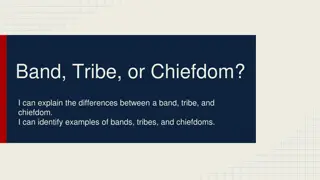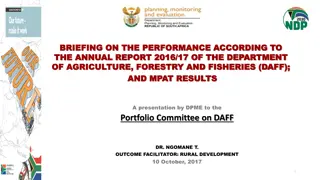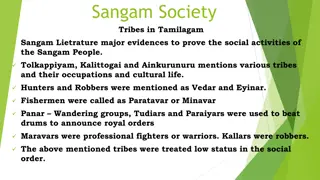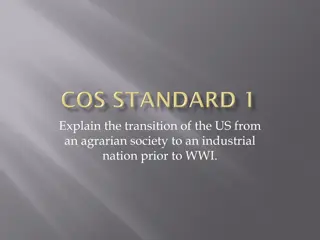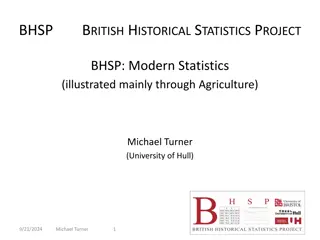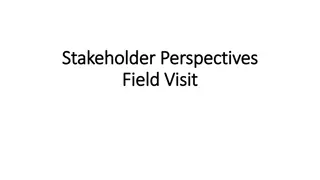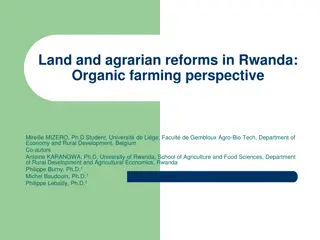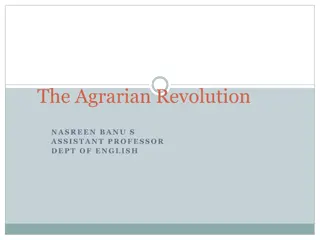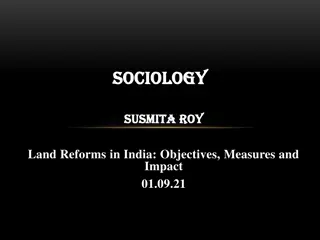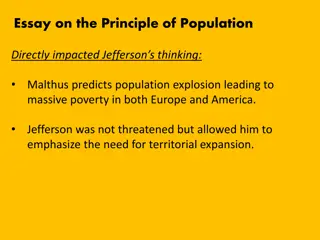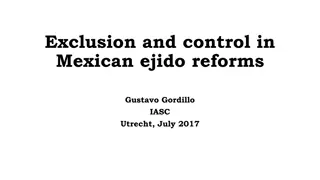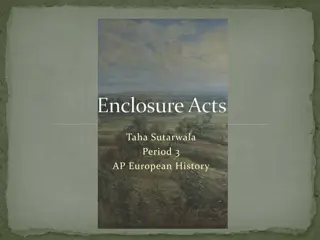Understanding Landscape in Agrarian System Analysis
Landscape reading is the initial step in Agrarian System Analysis where researchers form hypotheses based on farmers' interactions with their environment. Factors like historical context, policies, and socio-economic conditions influence farmers' land use. Zoning the landscape helps explain agricultural management diversities and specialization. Research questions may focus on crop types, vegetation, and farming systems in specific areas, leading to hypotheses about fertile soils, market influences, and cash crop adoption.
Download Presentation

Please find below an Image/Link to download the presentation.
The content on the website is provided AS IS for your information and personal use only. It may not be sold, licensed, or shared on other websites without obtaining consent from the author. Download presentation by click this link. If you encounter any issues during the download, it is possible that the publisher has removed the file from their server.
E N D
Presentation Transcript
Landscape reading is the first step of Agrarian System Analysis and Diagnosis. At this stage, it is totally rely on researchers capacity to create the hypothesis for the whole study. The questions liking farmers and their environment at this stage are important for the next step both historical study and economic analysis of production systems. The actual landscape representing farmers land use, is influenced by different factors such as: Historical/political context National policies Social characteristics/traditions/population density Macro and micro economic characteristics Location/agro-ecosystem
The main goal of Landscape reading is to explain how farmers use their environment. Based on a precise observation, divide the landscape into different zones and describe them precisely. Then, raise hypotheses about the way the different zones are used. The relations between those zones are important to find out. Criteria for zoning: Map-based analysis: Geomorphology, topography, hydrography, soil Field observations of rural and agrarian landscape: Distribution of different forms of vegetation (different crops and natural vegetation) infrastructure (houses, village, roads ) Exploratory surveys: informal interviews with key informants, about the history of technical, ecological and socio-economic changes in the target area
Landscape description could also call zoning that researchers divide the area relatively uniform and contrasted zones accordingly to: agro-ecological conditions: capabilities and constraints (limitations), socio-economic conditions : infrastructure (road, irrigation system, market condition, Zoning will serve to explain why (and how) agriculture has been managed in diversified ways according to the different zones within the target area (possible specialization)
Crops and others vegetation as well as animals generate the questions for the research. Example the agricultural landscape in forest area of Central Cardamom Mountain protected forest - Why there is the large ( perdre vue) burn agricultural area? Is it cause by slash and burn agriculture farming system? - When it was burn? - The crops are not slash-burn farming systems but they are cash crop. So, how is it possible for farmers to adopt cash crops? Example of Hypothesis: The soil might be very fertile thanks to coal (biochar). So farmers can produce any crops for a good yield. 1. Without market, they will not adopt cash crop and stay in slash-burn farming systems for household consumption. 2. With Dam construction, middle can come and buy cash crops in remote forest area. 3




